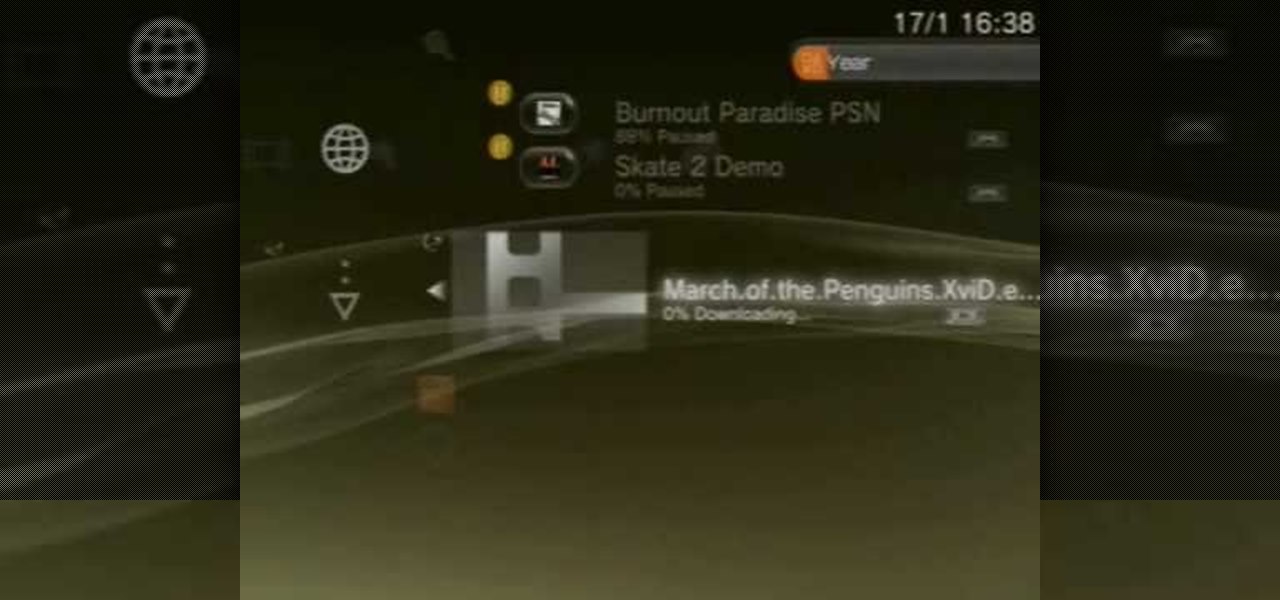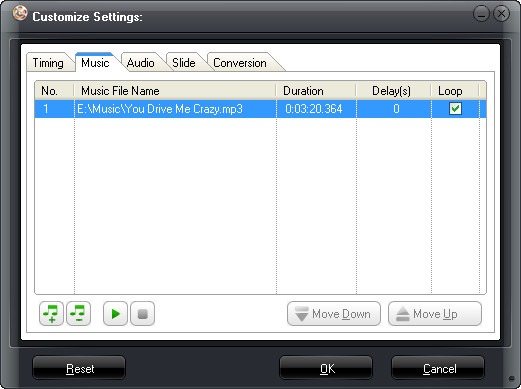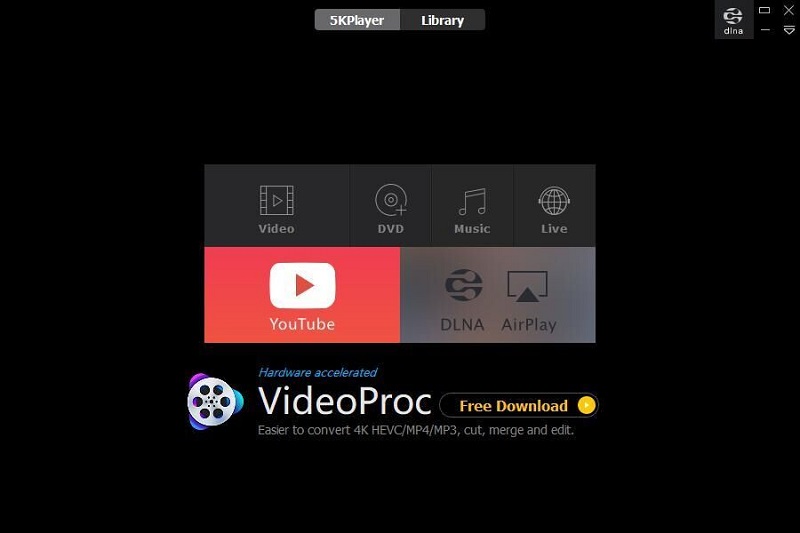
- MP4 ADVANCED VIDEO CODEC ZIP FILE
- MP4 ADVANCED VIDEO CODEC SOFTWARE
- MP4 ADVANCED VIDEO CODEC WINDOWS
The ITU also developed the first audio codec, G.711, in the 1970s, designed for use in telephony networks and had a bit rate of 64 kbps. The organization designed it for use in video conferencing and the codec provided a resolution of 352×288 pixels at a frame rate of 30 frames per second. A Brief History of Video Codecsĭata and video compression go back decades, but the International Telecommunication Union (ITU) developed the first commercially successful video codec, H.261, in 1988.
MP4 ADVANCED VIDEO CODEC SOFTWARE
But it’s worth noting that there are some differences among encoding software and hardware due to this variation. Our discussion of the best video codecs will look at each codec in a general sense. The many profiles of the H.264 codec (source: Wikipedia)
MP4 ADVANCED VIDEO CODEC WINDOWS
wmv file would be used for playback on a PC’s Windows Media Player. mov file would be used for playback on Macbook’s QuickTime player, while the. wmv file might have the same data and codecs inside. That’s why multi-format encoding is crucial when streaming to a wide range of devices.įor example: a. That said, not all playback platforms accept all containers and codecs. wmv.Ĭontainers can often input multiple types of codecs. These files contain the audio codec, video codec, closed captioning, and any associated metadata. Once compressed, the components of a stream are packaged into a wrapper or file format. It makes a large collection of data smaller for transport to your screen: What Is a Video Container Format?

Lossy compression is a lot like Wonkavision in Charlie and the Chocolate Factory. While the final video should appear the same, it will be missing any data that was deemed undetectable by the human eye. Video codecs employ it to shrink down content for storage and transmission, and later decompressed the video for viewing. When it comes to streaming, lossy compression is the name of the game. jpeg will always be lower quality, but easier to store and share. For that reason, a raw image converted to. Lossy codecs discard unnecessary data and reduce quality where possible. Lossy compression, on the other hand, gets rid of data.
MP4 ADVANCED VIDEO CODEC ZIP FILE
zip file without compromising the data integrity, for instance, you’re employing lossless compression.

Lossless compression involves compacting data without discarding any information. For that reason, these video compression standards are two-trick ponies: They facilitate both the encoding/compression and the decoding/decompressing aspect of video streaming. Literally ‘coder-decoder’ or ‘compressor-decompressor,’ codecs apply algorithms to the video and create a miniature version of it. Versatile Video Coding, or VVC, is also H.266 for the same reason.”įor the sake of clarity, I’ll be including both names at first mention of each codec within the subsections of this article. “H.264/AVC and H.265/HEVC have two names because each codec was standardized by both MPEG and the International Telecommunication Union (ITU). H.264, also known as AVC (Advanced Video Coding), is the most common video codec AAC (Advanced Audio Coding) is the most common audio codec.īut wait - why does H.264 also go by AVC? And how are we to sort through so many confusing acronyms? Streaming codec expert Jan Ozer explains it: Streaming requires the use of both audio and video codecs. Codecs allow us to tightly compress bulky streams down for delivery and storage. What Is a Codec?Ĭontent distributors use a video compression technology called a codec to shrink videos into a streamable size. To put it more simply: encoding describes the process of compression, whereas codecs describe the means for doing so. In order to compress the raw video into a more manageable size, encoders use video and audio codecs, which apply algorithms to shrink the bulky video for delivery. Popular software options include Vmix, Wirecast, and the free-to-use OBS Studio. Video encoding is essential to live streaming, helping to ensure quick delivery and playback.Įncoding can occur within a browser or mobile app, on an IP camera, using software, or via a stand-alone appliance.

When it comes to streaming, videos are often compressed from gigabytes of data down to megabytes of data. Video encoding refers to the process of converting raw video into a digital format that’s compatible with many devices.


 0 kommentar(er)
0 kommentar(er)
